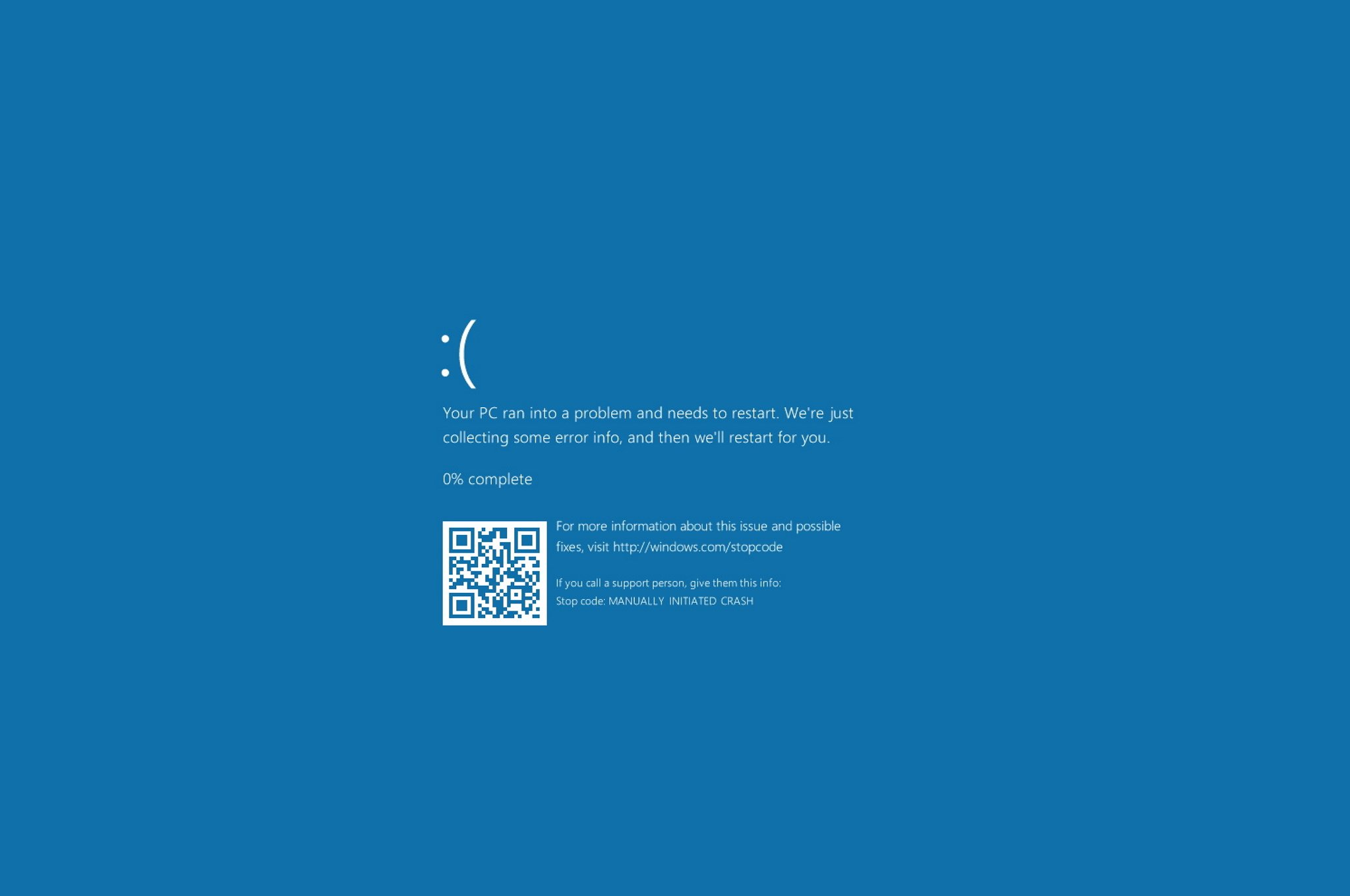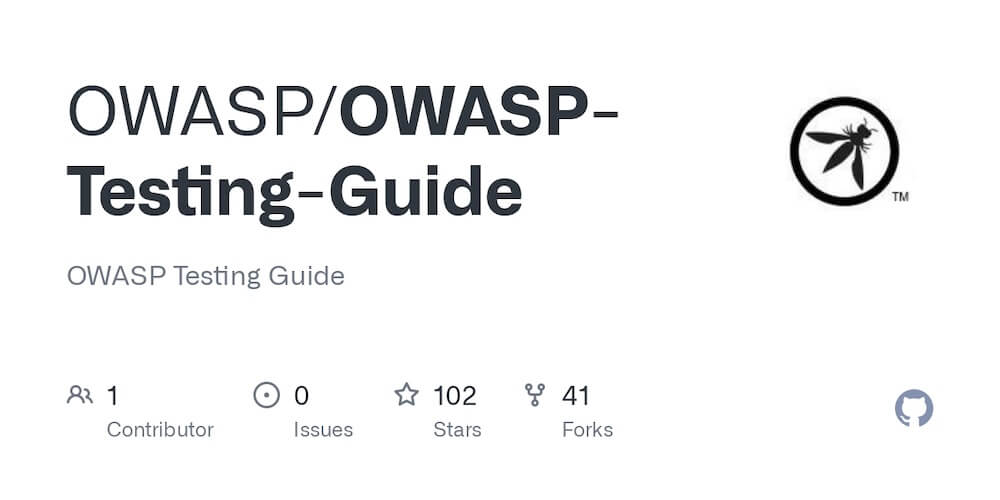· Alex · security · 5 min read
XSS vs CSRF
Differences and similarities

XSS vs CSRF
XSS is all about injecting malicious scripts into a website or app, tricking it into executing those scripts in a user’s browser. When successful, the attacker can gain access to sensitive information, manipulate the web page, or even take control of the user’s account.
On the other hand, CSRF tricks users into performing unwanted actions on a website or app without them even realizing it. This could mean making unauthorized changes to their account, submitting malicious requests, or just creating general chaos. Both of these vulnerabilities pose significant risks to application security, and understanding them is the first step towards keeping your app (and users) safe.
Cross-Site Scripting (XSS)
XSS happens when an attacker finds a way to inject their own malicious script into a web page, which then runs in the user’s browser. They come in three main flavors: Stored XSS, Reflected XSS, and DOM-based XSS.
- Stored XSS: The attacker stores their malicious script on the target web app (like in a comment or forum post), and when an unsuspecting user visits the page, the script runs automatically.
- Reflected XSS: In this case, the malicious script is hidden in a link or some other user input that gets reflected back to the user. When the user clicks on the link or submits the form, the script gets executed.
- DOM-based XSS: This type of XSS attack happens entirely in the user’s browser. The attacker manipulates the Document Object Model (DOM) to inject their script, which then executes without any server-side interaction.
Here are some best practices to protect against XSS:
- Input validation: Make sure to check and sanitize any user input before processing it.
- Output encoding: When displaying user-generated content, encode it properly to prevent scripts from executing. This means turning special characters like < and > into their safe HTML entities.
- Content Security Policy (CSP): Set up a CSP for your app to control which sources of content are allowed to execute. This can help prevent unauthorized scripts from running.
- Regular security updates: Keep your app’s software and dependencies up-to-date to patch any known vulnerabilities. And don’t forget to stay informed about new threats!
Comparing XSS and CSRF Vulnerabilities
First, let’s talk about the similarities between XSS and CSRF:
- Attack vectors: Both XSS and CSRF attacks rely on tricking users into performing actions or executing scripts that they didn’t intend to.
- Exploitation of user trust: In both types of attacks, the hacker takes advantage of the user’s trust in the web app.
- Consequences: The potential consequences of both XSS and CSRF attacks can be severe. From stealing sensitive data to hijacking user accounts, these vulnerabilities pose a significant risk to application security.
Now, let’s discuss the differences between XSS and CSRF:
- Technical aspects: XSS attacks involve injecting malicious scripts into web pages, while CSRF attacks trick users into making unwanted requests. They exploit different aspects of web application security, but their ultimate goal is often the same: unauthorized access to sensitive data or actions.
- Required user interaction: XSS attacks typically require user interaction, such as clicking on a malicious link or visiting a compromised page, to execute the script. CSRF attacks, on the other hand, can happen without any noticeable user interaction, as long as the user is already logged in to the target website.
- Prevention techniques: While some best practices can help prevent both XSS and CSRF attacks (like regular security updates), other techniques are more specific to each vulnerability. For example, input validation and output encoding are essential for preventing XSS, while anti-CSRF tokens and SameSite cookie attributes can help protect against CSRF.
Securing Applications from XSS and CSRF Attacks
The role of developers in application security:
Developers play a crucial role in keeping applications secure. It’s essential to adopt a security-minded approach when designing, coding, and deploying your web apps. Remember, security is not just a feature; it’s a mindset!
Security testing and tools:
To help keep your app safe, there are a bunch of testing tools and techniques at your disposal. Let’s check out three of the most common ones:
- Static Application Security Testing (SAST)
- Dynamic Application Security Testing (DAST)
- Interactive Application Security Testing (IAST)
You can read more in my post about security tools.
Importance of security awareness and training
Knowledge is power, and that’s especially true when it comes to web app security. Stay informed about the latest threats, vulnerabilities, and best practices. Encourage your team to participate in security training and workshops, so everyone’s on the same page when it comes to keeping your app secure.
Keeping up-to-date with new threats and vulnerabilities
The world of web security is always evolving, with new threats and vulnerabilities popping up all the time. It’s essential to stay informed and up-to-date on the latest trends, so you can adapt your security strategies as needed.
Conclusion
Let’s do a quick recap before we wrap things up. XSS is all about injecting malicious scripts into web pages, which then run in the user’s browser. On the other hand, CSRF tricks users into performing actions they didn’t intend to, often without them even realizing it. We’ve also discussed the importance of proactive security measures, like input validation, output encoding, anti-CSRF tokens, and regular security updates. Remember, prevention is always better than cure, so it’s crucial to stay on top of the latest threats and implement the necessary safeguards to protect your web applications and users.
About the Author:
Application Security Engineer and Red-Teamer. Over 15 years of experience in Application Security, Software Engineering and Offensive Security. OSCE3 & OSCP Certified. CTF nerd.



